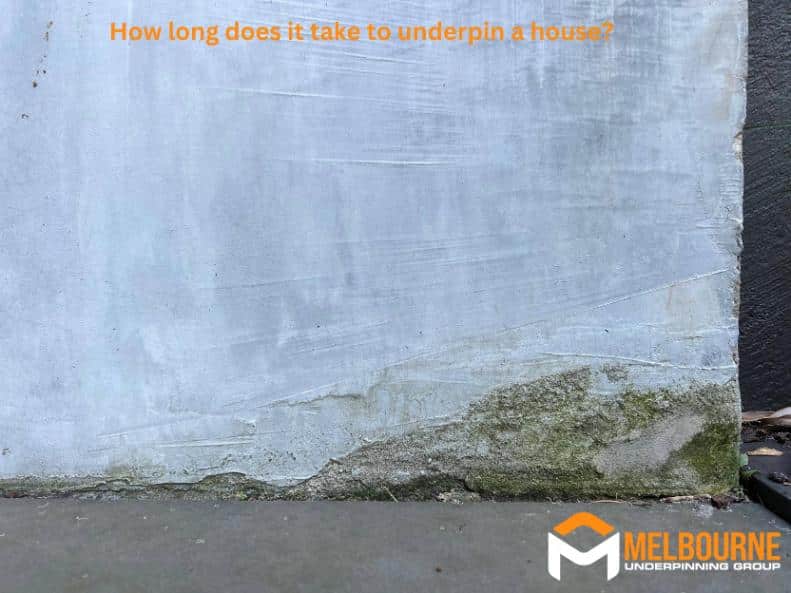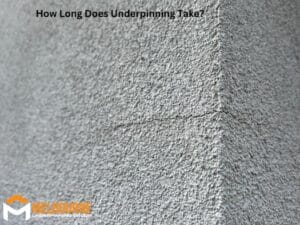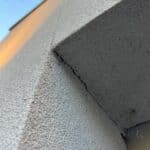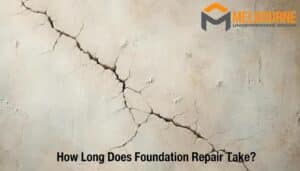
In most cases, it will take 1-2 weeks to underpin a house. There are a number of factors that affect how long underpinning takes, including size and complexity of the job, the method of underpinning as well as the weather conditions during the project.
In this article, we will discuss factors that affect how long it takes to underpin a house.
What Factors Influence the Duration of Underpinning?
The factors that influence the duration of underpinning include the size and complexity of the property, the chosen underpinning method, and weather conditions.
Size and Complexity of the Job
The larger and more complex the building structure is, the longer the underpinning process will take. More rooms, floors, access issues or irregular structures add to the intricacy of the project, requiring more time for completion.
Chosen Method of Underpinning
Different methods, such as mass concrete, beam and base, or mini-piled underpinning each come with their own timelines. There are pros and cons to underpinning, as some methods may be quicker but come with their downsides, such as being less suitable for certain soil types or property structures.

Weather Conditions
Adverse weather conditions, like heavy rain or extreme temperatures, can cause significant delays to the underpinning process. Work might have to be halted to ensure the safety of the workers and the structural integrity of the house.
What Are the Different Underpinning Techniques?
The following are the most common underpinning techniques used today:
- Mass Concrete Underpinning: This traditional method involves excavating pits below the existing foundation and filling them with concrete to strengthen the base.
- Beam and Base Underpinning: In this underpinning method, a reinforced concrete beam is constructed above or below the existing foundation to distribute the building load.
- Mini-Piled Underpinning: Mini-piles are driven into the ground at certain intervals to support and strengthen the existing foundation, suitable for sites with restricted access or variable ground conditions.
- Screw Pile and Bracket Underpinning: Screw piles and steel brackets are used to underpin and stabilise the existing foundation, offering quick installation and immediate load transfer.
- Resin Injection Underpinning: A newer technique of underpinning where a geopolymer resin is injected into the foundation to expand and bring stability back to the building structure.






